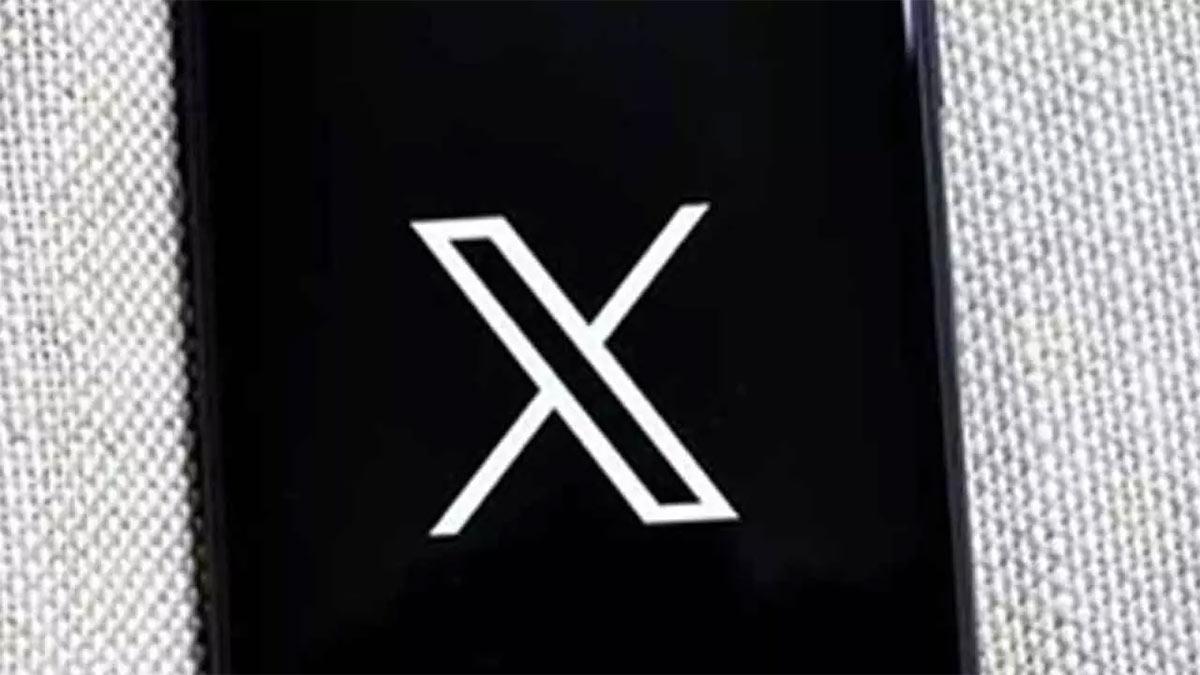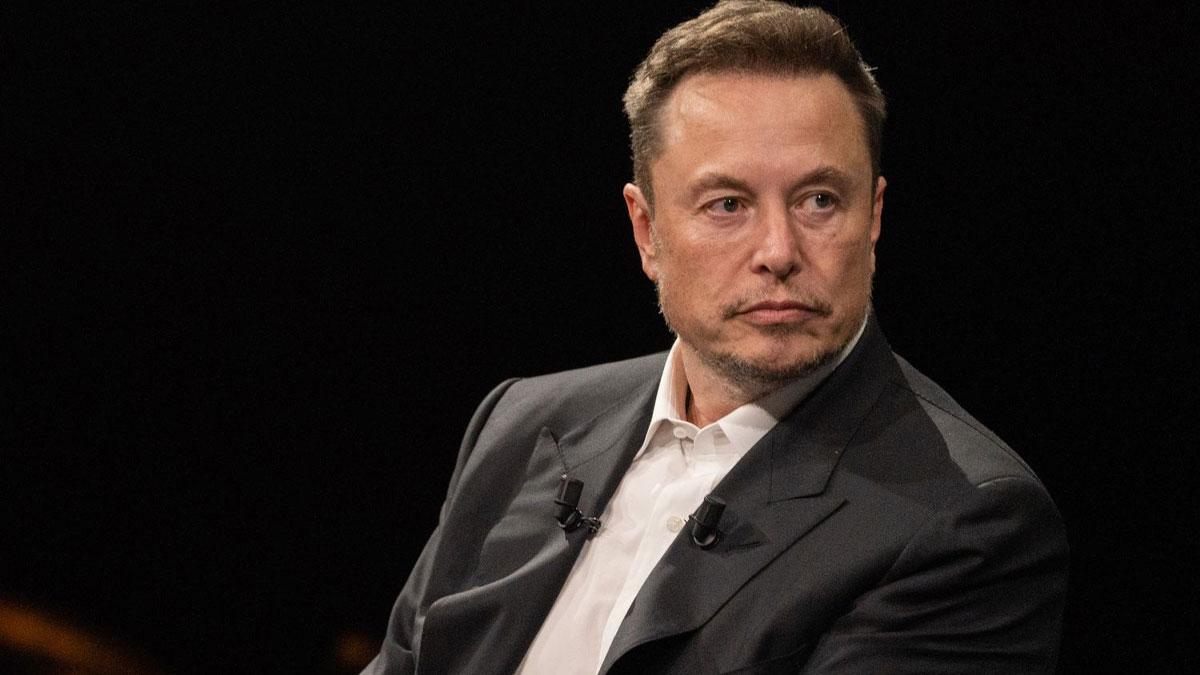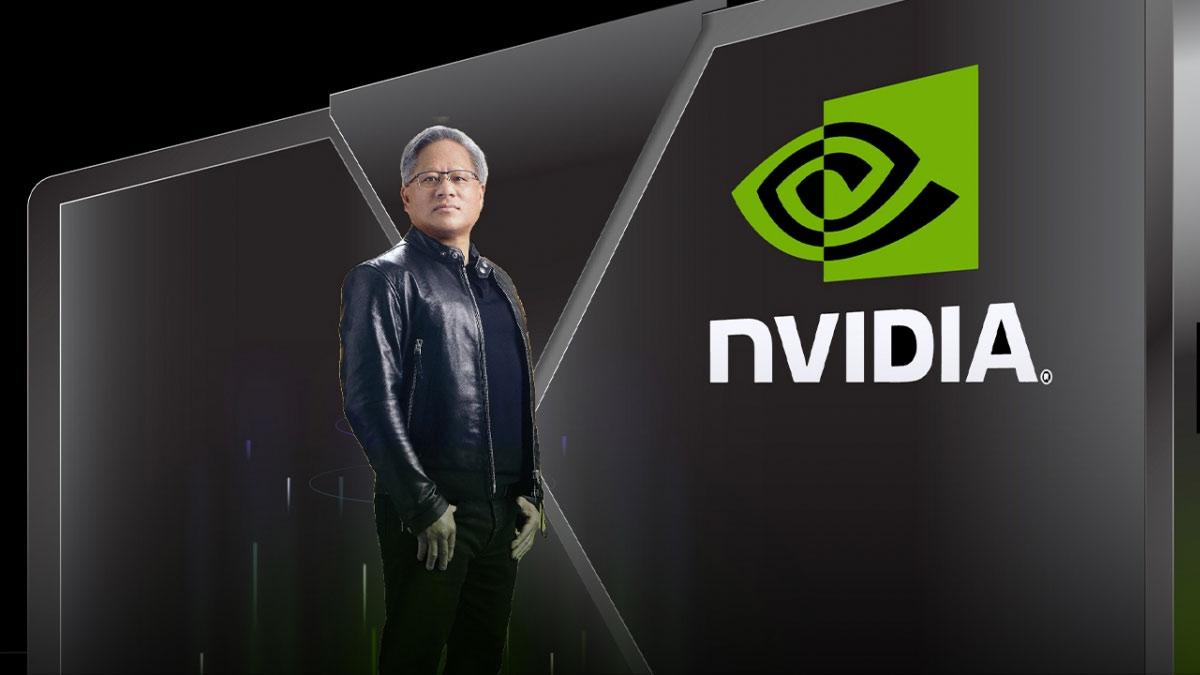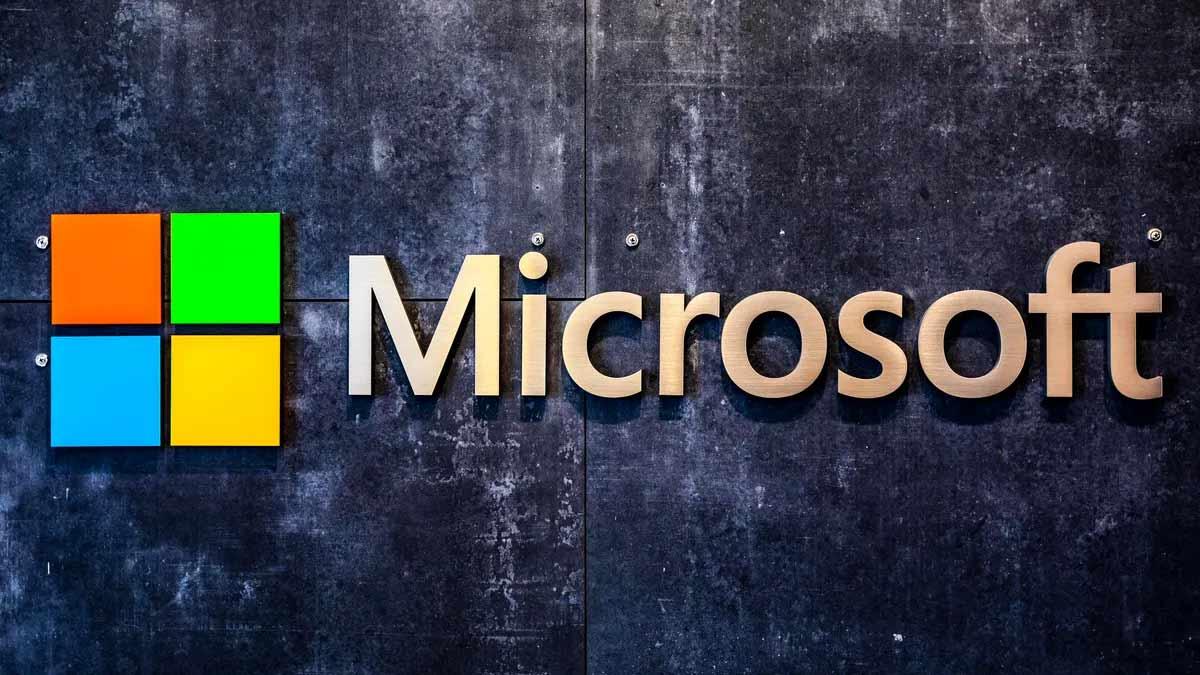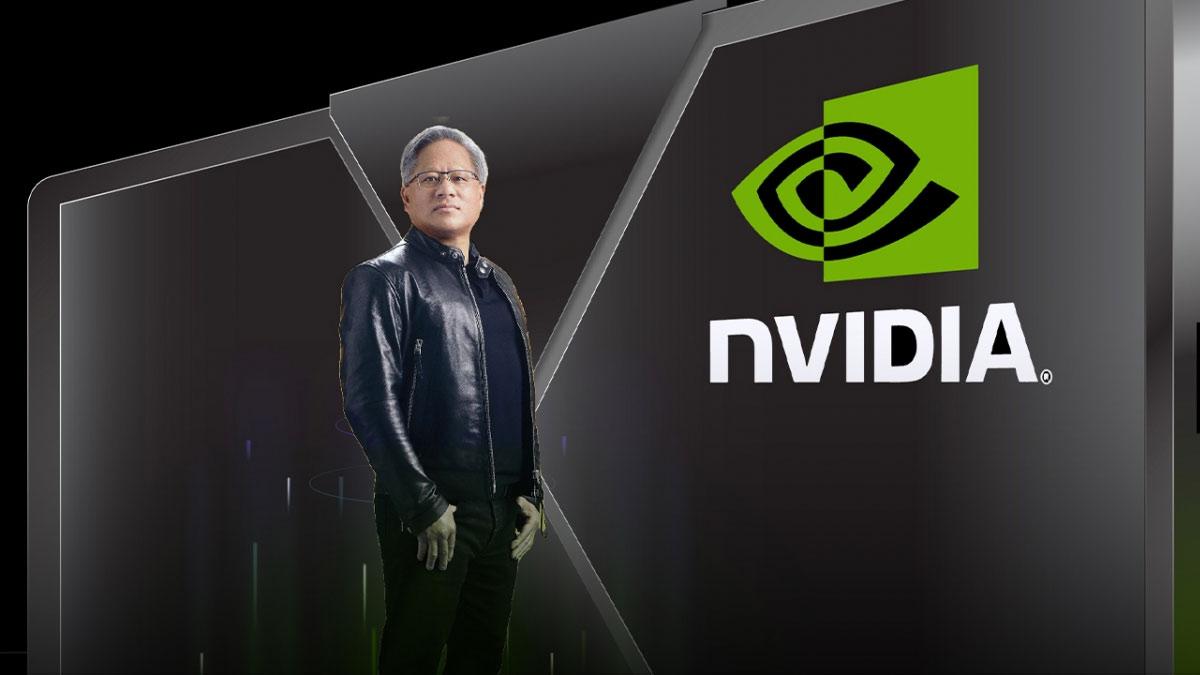The Union government has taken a sharp exception to the characterization of X Corp's terming of the 'Sahyog' portal as a "censorship portal," approaching the Karnataka High Court with a formal objection to the nomenclature by the Elon Musk-owned social media company.
The Centre contended that X had misplaced the interpretation of the crucial provisions of the IT Act, most notably the demarcation between Section 69A and Section 79(3)(b).
X Corp argues that Section 79(3)(b) does not provide the government with the power to make blocking orders, arguing that powers are conferred exclusively under Section 69A.
Denying these claims, the government replied that the language used by the platform, such as "censorship portal" and "blocking order," is misleading and legally incorrect.
"By invoking an unsubstantiated fear of censorship, X is trying to portray itself as a user, which it is not. Calling Sahyog a censorship portal is incorrect and unacceptable," the Centre said in its affidavit.
The government made it clear that takedown notices sent under Section 79(3)(b) along with Rule 3(1)(d) of the IT Rules, 2021, are removal requests and not blocking orders.
The solitary legal protection permissible under Section 79 of the IT Act is not allowing interference by the platform in government judgment on content blocking," the affidavit added.
In addition, the Centre reiterated that its Office Memorandum of March 31, 2023, does not mention a "Template Blocking Order," as raised by X. Rather, it gives a specimen template for making requests for the removal of content, following defined procedures.
The government further highlighted the fact that X has conveniently forgotten the duties of intermediaries as detailed under the Information Technology (Intermediary Guidelines and Digital Media Ethics Code) Rules, 2021, specifically under Rule 3(1)(d) of Section 79(3)(b) of the IT Act, 2000.
Justifying its legal position, the Centre stated that Section 79(3)(b) struck a balance between free speech and platform liability while ensuring obedience to lawful directions. Section 69A, on the other hand, vests specific powers with the government to block online content under situations related to national security, public order, and sovereignty.
The government accused X of trying to obscure the differences between these two legal provisions in order to mislead the court.
"By citing an unsubstantiated censorship issue, the petitioner is attempting to put itself on par with a user who uploads content to the platform, something which it is not. The insertion of such lingo by a world platform such as X is regrettable and reprehensible," said the Centre in its affidavit.
The court has not yet issued its judgment in the case, with additional hearings to be held on April 3.
X had previously approached the Karnataka High Court, where they had contended that the Sahyog portal and related government actions evade the statutory regime under the IT Act and contravene the Supreme Court's landmark judgment in Shreya Singhal v. Union of India.
Read also| Elon Musk Sells Social Media Platform X to xAI for $33 Million
Read also| Samsung Unveils AI-Powered Galaxy Book5 Series in India

